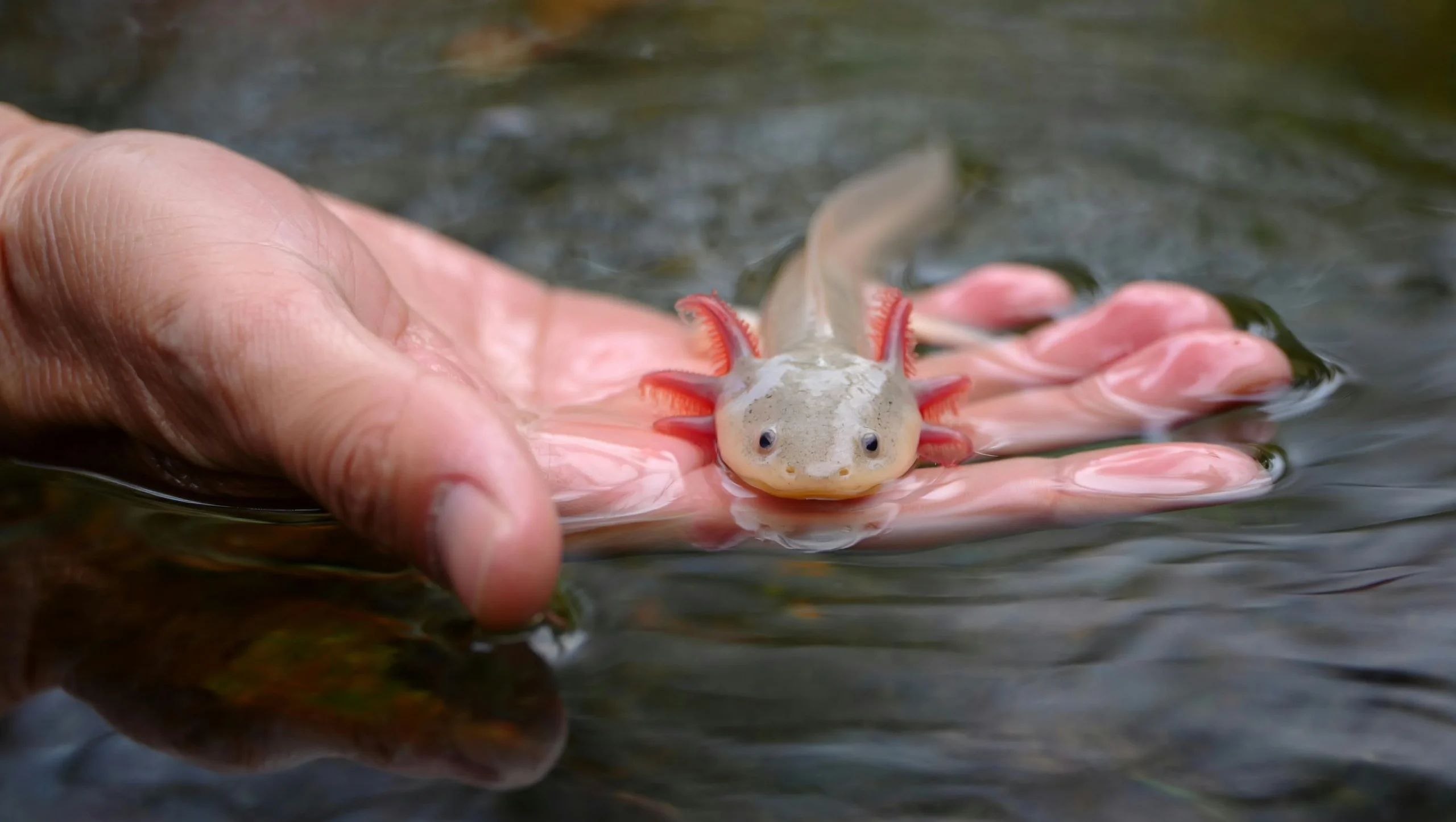
The Axolotl (yes, pronounced ack-suh-lot-ul) is an adorable amphibian that is capturing the hearts of pet lovers around the world. With its adorable pink, smiley, and feathery gills floating like a crown, it’s no surprise they are going. These, and it’s no surprise why. Axolotls tend to make great pets thanks to their quirky looks and peaceful personalities. However, don’t let their cute faces fool you, as caring for an axolotl takes real commitment. You don’t have to worry; we’ve done the research for you at EcoPetEssentials. In this blog, we’ll walk you through everything you need to know about axolotl pets. You’ll get all the information from setting up their tank to feeding them, understanding their behavior, and making sure they live their best (and longest) life with you!
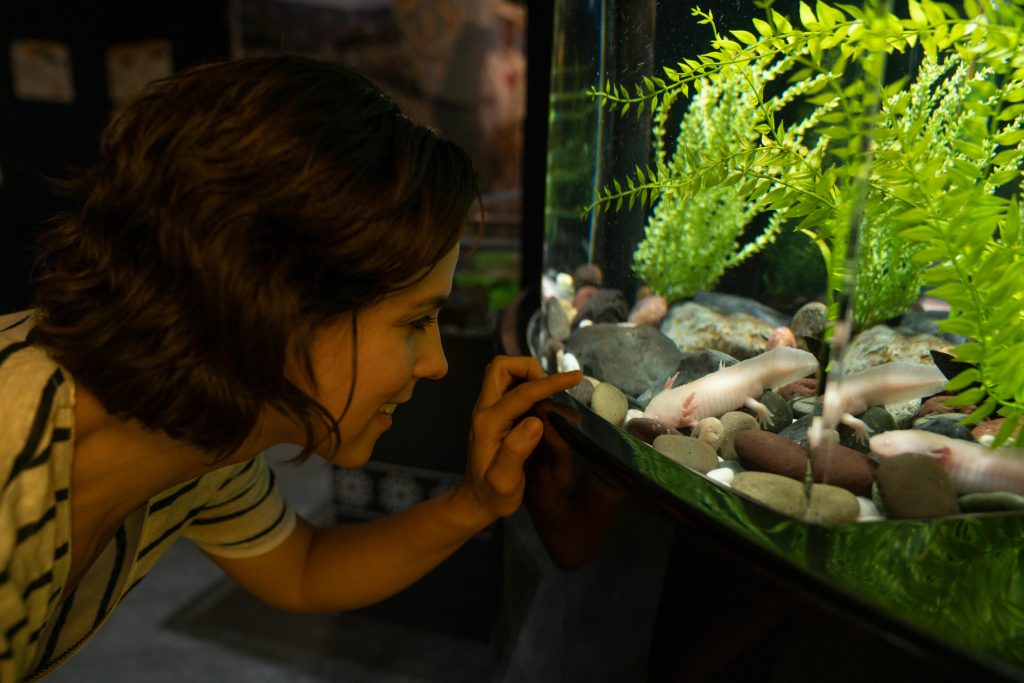
An axolotl, also called the “Mexican walking fish,” isn’t actually a fish. It’s an aquatic salamander that never leaves the water and keeps its gills for life. Now, unlike other salamanders, axolotls don’t undergo metamorphosis. This means that they don’t lose their gills and turn into land animals. Therefore, they are quite unique in this aspect, making them one of the most fascinating pets you can own.
They come in a variety of colors, like wild type (dark with spots), white albino, pink axolotl, black axolotl, and even golden or copper. Many people even search for a “kawaii axolotl” or “axolotol” online because of their cute and cartoonish faces.
Axolotls are pretty chill. They move slowly, swim gently, and are fun to watch. They aren’t social like dogs or cats and don’t like to be handled. Their skin is delicate, and their bodies are mostly made of soft cartilage. Therefore, if you’re looking for a pet to cuddle, then the Axolotl is definitely not a good choice. However, they are the perfect pets if you want a relaxing and fun-to-watch animal. Some axolotls may swim up to greet you at the tank when you walk by. However, you need to keep in mind that they prefer to be alone. You shouldn’t put them with fish or even other axolotls, especially when they’re young. Juvenile axolotls have been known to nip at each other, and while they can regrow limbs (cool, right?), it’s better to avoid injuries.
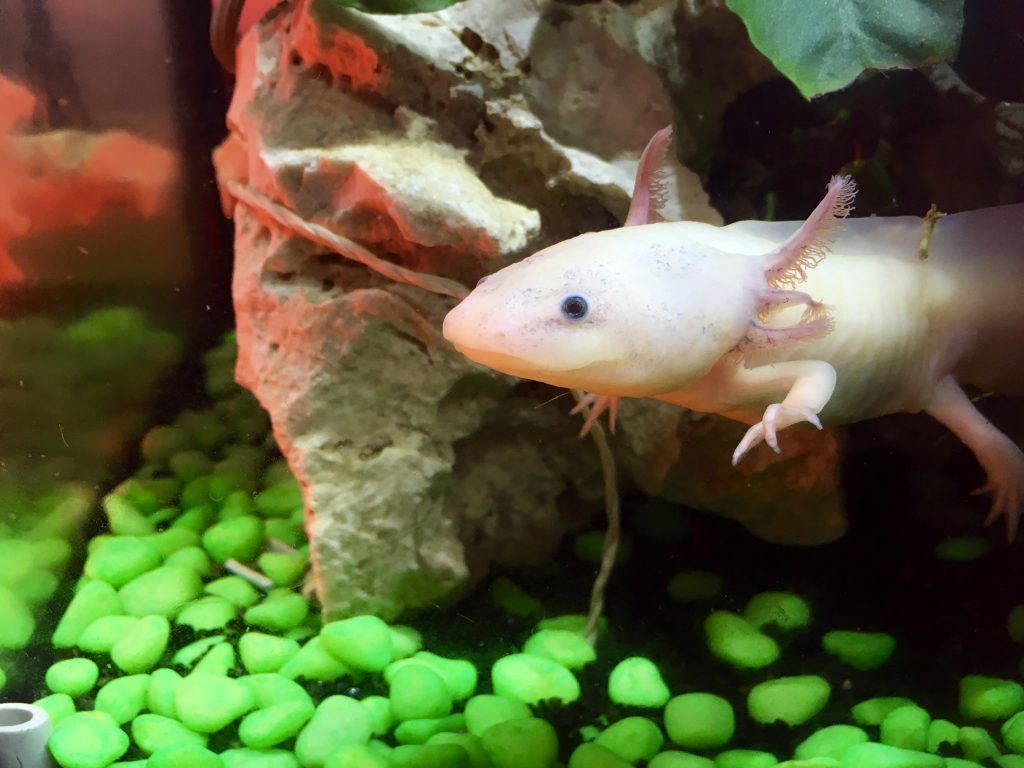
When it comes to axolotl care, their tank is everything. You’ll need at least a 15- to 20-gallon tank per axolotl. You also have to make sure it has a secure lid because they do jump!
Water is their world, so it has to be just right:
You might have already searched, “How to take care of an axolotl?” and this is where it starts. Clean water is vital. You can either use a slow-flow filter or do partial water changes weekly. Dirty water can lead to sickness and stress. Are you wondering about the floor of the tank? Then, you can keep it bare or use large gravel (larger than the axolotl’s head). However, you should never use small gravel, as your axolotl might accidentally swallow it, and it can lead to choking.
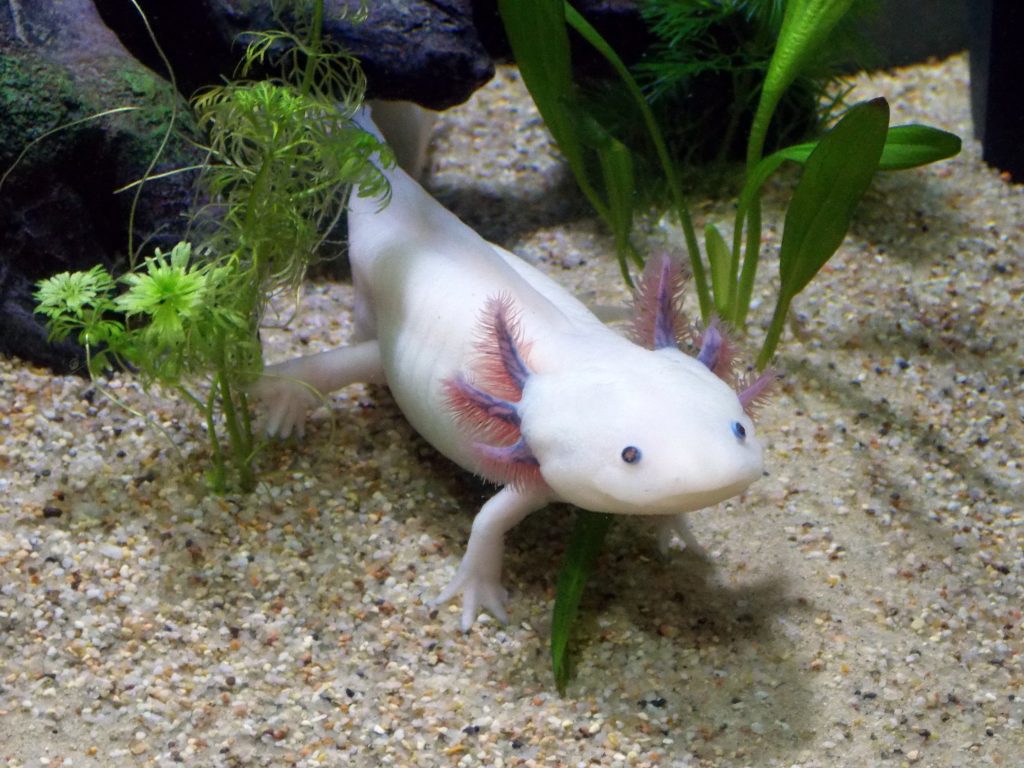
Now, feeding your axolotl doesn’t have to be complicated. In the wild, they eat small fish, worms, and snails. At home, you can feed them:
You can feed adult axolotls two or three times a week. Younger axolotls need to eat more often. You can use tongs or forceps to feed them gently. However, you can’t just throw food in and hope for the best. To make sure that your axolotl’s tank is clean, you have to remove any uneaten food. If your axolotl isn’t eating, you can try feeding it at night, as they’re usually more active then.
Axolotls are known for their ability to regrow limbs, which is pretty amazing. However, they’re still vulnerable to disease, especially if the tank isn’t cleaned regularly. You have to keep your eyes on signs such as:
Always keep ammonia levels low and clean waste from the tank. And avoid letting your axolotl pet morph into a land creature. Then, it rarely happens, but when it does. It’s very stressful for them and can even shorten their life. If you face any serious symptoms, then you can take your pet to a vet who specializes in exotic animals.
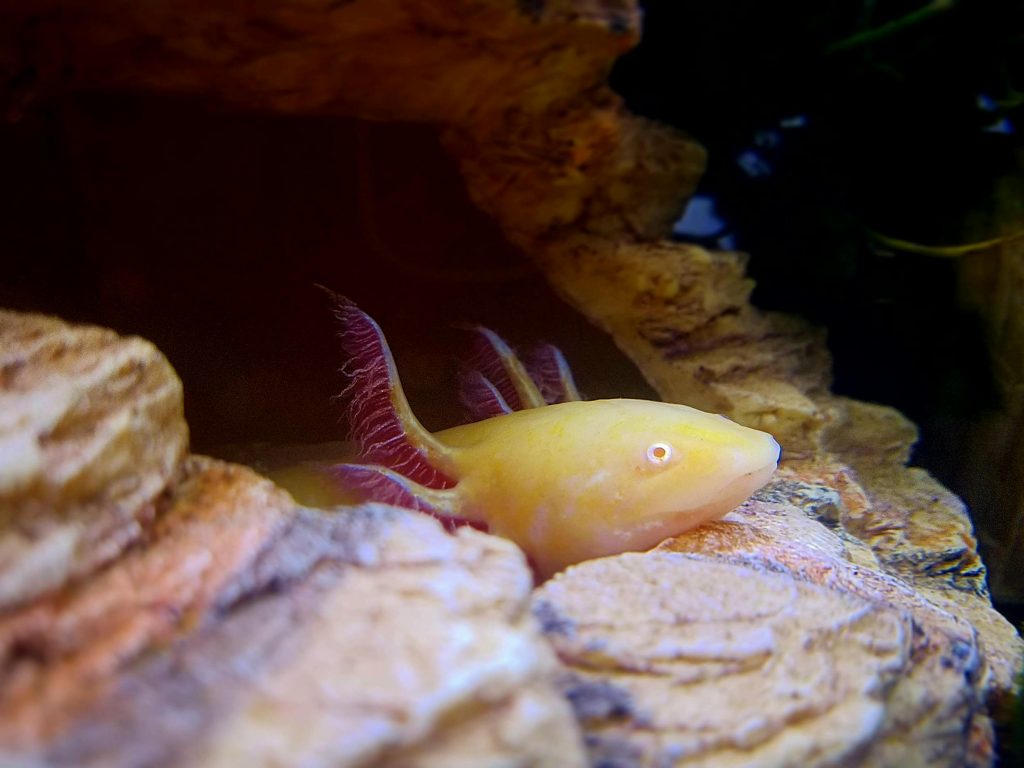
Axolotls as pets are legal in most places, but not all. They are banned in California, Maine, New Jersey, and Virginia. In New Mexico, you can own one but can’t bring them in from other states. You can always check your local laws before searching “axolotl for sale near me.” Axolotls are native to Mexico and are critically endangered in the wild. Therefore, you should never take one from nature. You can buy them from breeders who raise them responsibly.
You may be wondering, “Where to buy an axolotl?” or “How much is an axolotl?” The axolotl price usually ranges between $30 and $80, depending on its color. They are also found in unique colors such as copper or lavender, but they may cost you more. When buying, you have to look for:
You can talk to the breeder or seller, and don’t be afraid to ask questions. Once you have seen the axolotl, you have to ask about the animal’s health and origin. It’s best to avoid buying from places that can’t give you straight answers.
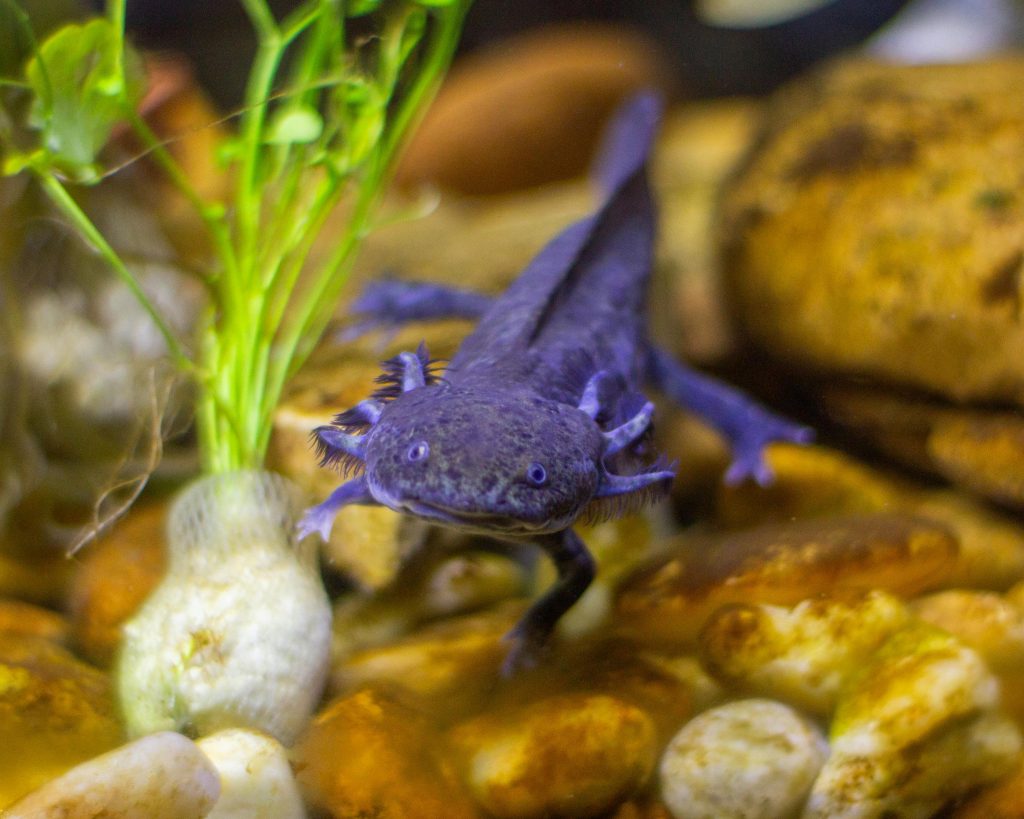
Some people when searching online accidentally call them “exelato” or “axalotl.” And we get it, the spelling is wild!
If you’re okay with a pet that doesn’t want to be held, then an axolotl might just be the perfect pet for you. It offers you endless fascination, calm energy, and underwater charm. Now, taking care of axolotls means putting in the time to maintain clean water, feed them properly, and create a safe, stress-free environment. However, in return you will get one of the most interesting and adorable creatures on Earth. We love everything about axolotyl care, from tank tips to food recommendations at EcoPetEssentials.

Isla Bennett loves Misty, her two-year-old British Shorthair. And she wants to help other pet parents make sustainable choices that are good for their pets and the planet. She writes about easy ways to care for animals using green products. Isla believes that happy pets and a healthy earth go hand in hand. Her goal is to make pet care simple, fun, and eco-friendly. She also gives you insights about different pet Breeds and traits!